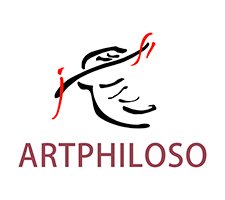Fauvism art refers to an early 20th-century modern art movement recognized for its vivid, non-naturalistic colors and bold brushwork. The term “fauvism” was coined after a group of artists exhibited together at the Salon d’Automne in Paris in 1905. Critic Louis Vauxcelles described them as “les fauves” (wild beasts), a label reflecting both shock and fascination. Unlike earlier movements focused on naturalism or light effects, fauvism artists emphasized pure, expressive color as the central element of their work. Fauvism is best understood as a short-lived but groundbreaking movement that redefined how color could express human emotion and perception.
Fauvism began in Paris in the early 1900s, with its defining moment at the Salon d’Automne of 1905. Painters like Henri Matisse and André Derain shocked audiences with intense palettes and simplified forms. Their paintings broke away from Impressionism’s optical realism and used color to amplify emotional impact. The early 20th century was a transitional moment in European art, where avant-garde movements emerged in rapid succession. The rise of fauvism marked a clear shift from observation to expression, paving the way for experimental modernist trends.
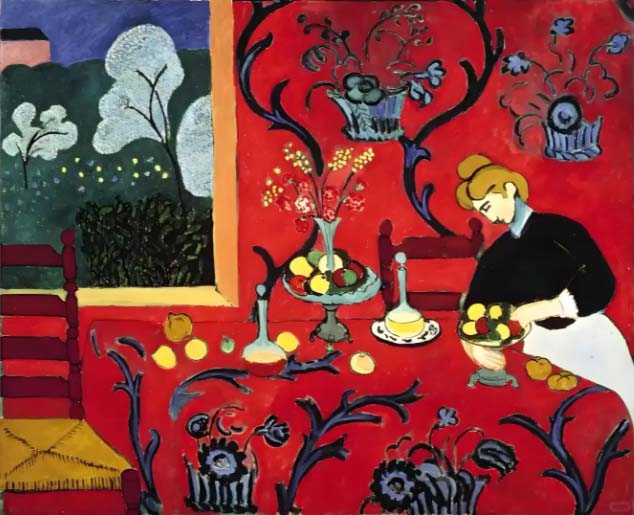
The most recognized fauvism artists include Henri Matisse, André Derain, Maurice de Vlaminck, and Raoul Dufy, each contributing unique approaches. Matisse experimented with vibrant harmonies of red, green, and blue to evoke serenity and balance. Derain explored contrasting colors to heighten visual intensity, while Vlaminck pushed saturation to extremes that rejected natural tones. Dufy later adapted the style into rhythmic, decorative compositions. These artists drew inspiration from Vincent van Gogh’s emotive brushwork, Paul Gauguin’s symbolic color, and Georges Seurat’s structural experiments. Together, fauvism artists combined post-impressionist innovations with radical color experimentation, creating a new artistic language of emotional immediacy.
Key features of fauvism art include saturated color fields, visible brushstrokes, and simplified forms. Composition was often secondary to emotional resonance. Figures and landscapes were frequently outlined in strong contours, adding clarity and intensity. Unlike impressionist works, which pursued natural light effects, fauvist paintings prioritized subjectivity and inner feeling. The defining characteristic of fauvism was the liberation of color from description to expression.
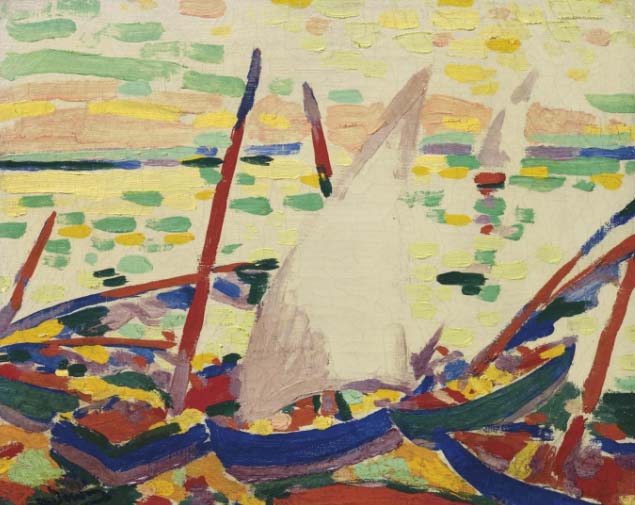
Fauvism as a collective movement lasted only a few years, roughly from 1905 to 1908. After this period, many leading artists pursued new directions. Georges Braque turned toward Cubism with Pablo Picasso, while Derain embraced more classical approaches. Despite its brevity, the impact of fauvism was significant: it proved that art could abandon realism in favor of expression. Although brief, fauvism’s life cycle reshaped the trajectory of 20th-century art and inspired subsequent avant-garde movements.
Fauvism grew out of Post-Impressionism and shared with it an interest in experimentation, yet diverged in emphasis. While Impressionism sought fleeting light effects and Seurat’s Neo-Impressionism focused on optical science, fauvism simplified both theory and technique. It aligned with German Expressionism, as both valued emotional intensity, but fauvism was less concerned with darker psychological themes. Compared to Cubism, which soon followed, fauvism was more instinctual than structured. This movement served as a bridge between 19th-century explorations of color and the modernist drive toward abstraction.
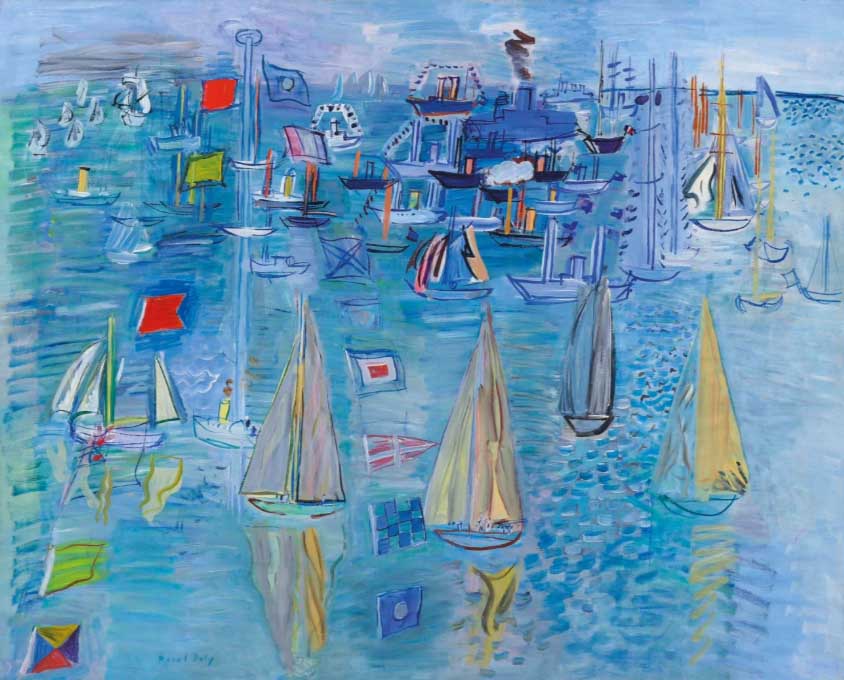
Though primarily associated with France, fauvism’s influence spread across Europe. Artists in Germany, Russia, and Scandinavia adopted its color-driven methods, blending them with local traditions. Russian avant-garde painters such as Natalia Goncharova and Mikhail Larionov absorbed fauvist principles into their evolving experiments with abstraction. The international reach of fauvism ensured that its impact extended far beyond its Parisian origins.
Contemporary painters continue to draw from the fauvist legacy. Many apply saturated hues, bold lines, and simplified shapes to new contexts, from figurative portraiture to abstract landscapes. In addition to gallery platforms, museums and exhibitions worldwide highlight artists who reinterpret fauvist techniques with modern materials and digital tools. Today, fauvism remains a reference point for artists who value vibrancy and expressive freedom.
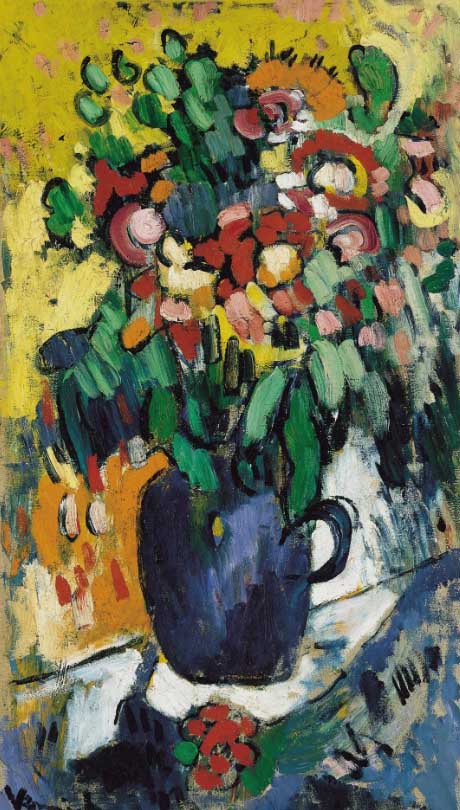
Although short-lived, fauvism boldly challenged traditional representation. It redefined the role of color in painting and broadened the possibilities of modern expression. By freeing color from strict imitation of nature, it opened the door to abstraction and influenced movements from Cubism to Abstract Expressionism. The enduring legacy of fauvism lies in its proof that color can convey meaning, emotion, and artistic authority.
Hi, I’m Philo, a Chinese artist passionate about blending traditional Asian art with contemporary expressions. Through Artphiloso, my artist website, I share my journey and creations—from figurative painting and figure painting to floral oil painting and painting on landscape. You'll also find ideas for home decorating with paint and more.
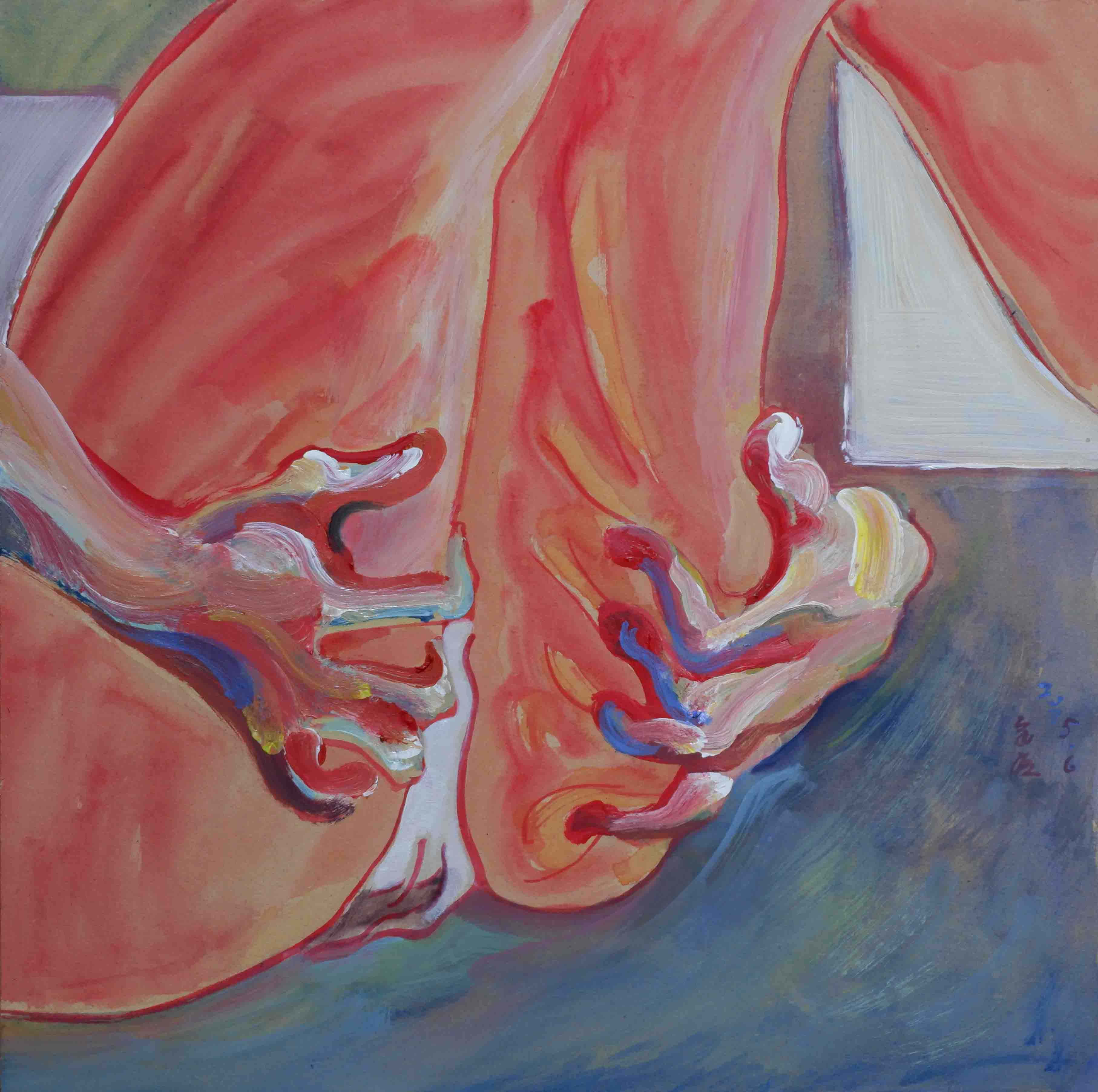
Q1: What is the definition of fauvism art?
Fauvism is an early 20th-century movement characterized by strong colors, simplified forms, and expressive brushwork, prioritizing emotion over realism.
Q2: Where and when did fauvism begin?
It began in Paris around 1905, with its most notable exhibition at the Salon d’Automne, where the label “wild beasts” was first applied.
Q3: Who were the key fauvism artists?
Important figures include Henri Matisse, André Derain, Maurice de Vlaminck, Raoul Dufy, and Georges Braque before his shift to Cubism.
Q4: What influenced fauvism artists?
They were influenced by Vincent van Gogh, Paul Gauguin, and Georges Seurat, drawing on their bold color use and structural innovation.
Q5: How does fauvism relate to other art movements?
It bridged Post-Impressionism and modernism, aligned with Expressionism in intensity, and prepared the ground for Cubism and abstraction.
Q6: Why is fauvism important today?
It continues to inspire artists and remains a key step in the history of modern art, demonstrating that color can stand as a primary force of expression.
